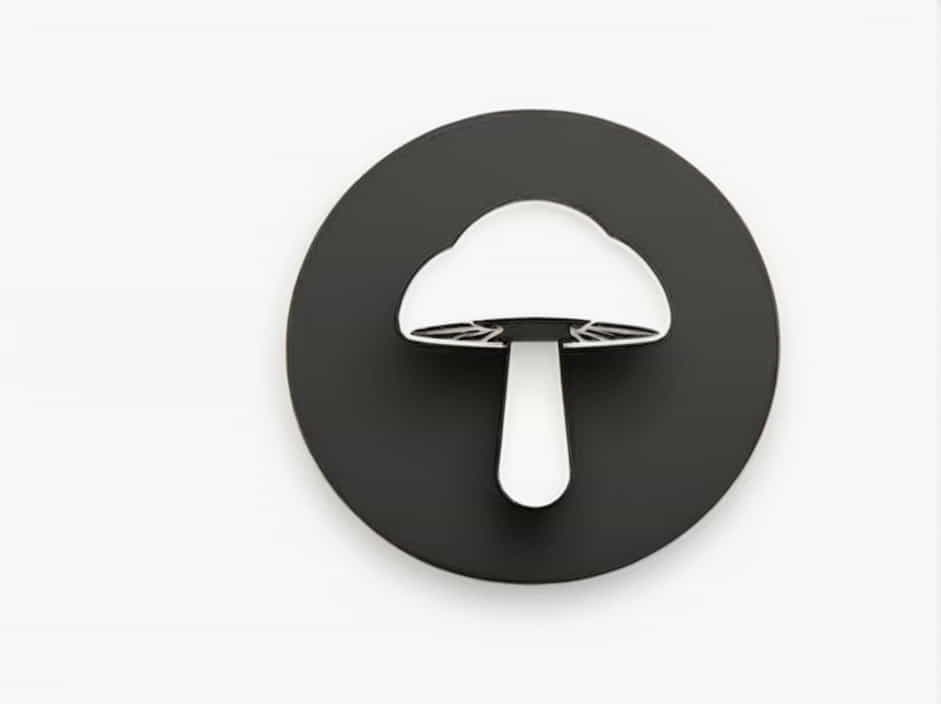The cecum is a pouch-like structure found at the beginning of the large intestine in many animals, particularly in herbivores. It plays a crucial role in digestion, especially for animals that rely on plant-based diets. But what human organ is the cecum comparable to?
In humans, the cecum is a part of the digestive system, but it is much smaller and less functional compared to animals like rabbits or horses. The closest comparable organ in humans is the appendix, a small, tube-like structure attached to the cecum. This topic will explore the function, anatomy, and importance of the cecum, and how it relates to human digestion.
What Is the Cecum?
The cecum is a sac-like structure that marks the transition between the small intestine and the large intestine. It is located in the lower right abdomen and serves as a fermentation chamber in some animals.
Functions of the Cecum
- Digesting Plant Material: In herbivores, the cecum contains bacteria that help break down cellulose from plant fibers.
- Absorbing Fluids and Salts: It helps absorb remaining nutrients before waste moves to the large intestine.
- Housing Beneficial Bacteria: The cecum contains gut bacteria essential for digestion and immune function.
In humans, the cecum has a reduced role in digestion but still serves as a passageway for food moving from the small to the large intestine.
The Cecum in Different Animals
While the cecum is present in most vertebrates, its size and function vary depending on diet.
1. Herbivores
Herbivorous animals, such as rabbits, horses, and koalas, have a large, functional cecum. It allows them to digest fibrous plant material efficiently.
- Rabbits: Have a highly developed cecum that ferments plant matter.
- Horses: Rely on the cecum for breaking down tough grasses.
- Koalas: Use their large cecum to digest eucalyptus leaves, which are difficult to break down.
2. Carnivores
Carnivorous animals like dogs, cats, and lions have a small or almost non-existent cecum. Since they primarily consume meat, they do not need a specialized chamber to digest plant fibers.
3. Omnivores (Including Humans)
Omnivores, such as humans, bears, and pigs, have a moderately sized cecum, which plays a minor role in digestion. Unlike herbivores, humans do not rely on fermentation for digestion, so the cecum is relatively small.
How Is the Cecum Comparable to the Human Appendix?
The human appendix is attached to the cecum and is often considered a vestigial organ (an organ that has lost most of its original function). However, research suggests that the appendix may have some immune and digestive functions.
Similarities Between the Cecum and the Appendix
- Both Are Located in the Lower Right Abdomen
- The appendix is a small extension of the cecum.
- Both Contain Gut Bacteria
- They house beneficial bacteria that may aid digestion and immunity.
- Both Have a Role in the Digestive System
- In some animals, the cecum helps break down food, while the appendix may help repopulate gut bacteria after infections.
Differences Between the Cecum and the Appendix
- The cecum is larger and plays a more active role in digestion, especially in herbivores.
- The appendix is much smaller and has a more limited function in modern humans.
Some scientists believe the appendix may have been a larger, functional organ in our ancestors, similar to the cecum in herbivorous animals.
The Role of the Cecum in Human Digestion
In humans, the cecum acts as a junction between the small and large intestines. While it does not play a major role in digestion, it still serves important functions:
1. Facilitating the Transition of Food
After food is processed in the small intestine, it moves into the cecum before being passed into the colon.
2. Absorbing Fluids and Salts
The cecum helps absorb leftover fluids and salts from digested food.
3. Supporting Gut Microbiota
Like other parts of the digestive system, the cecum contains beneficial bacteria that contribute to gut health.
Common Cecum-Related Health Issues
1. Appendicitis
Since the appendix is attached to the cecum, infections can lead to appendicitis, a painful condition requiring surgery.
2. Cecal Volvulus
A rare condition where the cecum twists, leading to a blockage in the intestines.
3. Cecal Inflammation
Infections or conditions like Crohn’s disease can cause inflammation in the cecum, leading to digestive problems.
Why Understanding the Cecum Matters
Although the cecum is not as important in humans as it is in herbivorous animals, it still plays a role in digestion. Understanding the comparisons between the cecum and the appendix can help us appreciate how the human digestive system has evolved.
By studying the cecum, scientists continue to explore how gut bacteria and digestion work, providing insights into human health, nutrition, and disease prevention.
